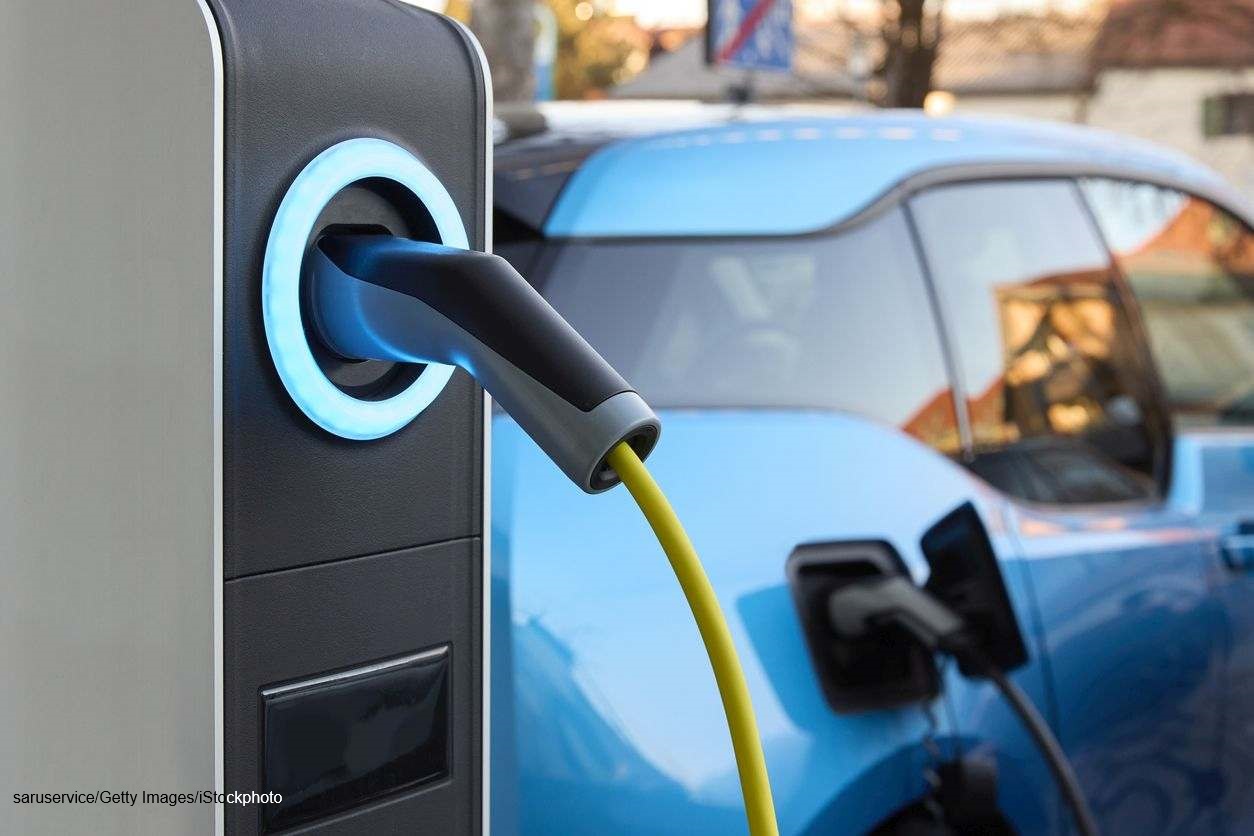Shenzhen plans to install 30,000 new 5G base stations in 2020
28. July 2020According to press releases, the local government of the Chinese city of Shenzhen plans to install 30,000 new 5G base stations in 2020. This will enable the use of 5G technology by customers of all Chinese providers in Shenzhen, according to the city government. As of the end of last year, Shenzhen had about 15,000 5G base stations in key areas of the city to test the new technology, according to the Shenzhen City Industry and IT Office.
Shenzhen is a technology hub in the southern Chinese province of Guangdong and one of the first cities in China to test the 5G network. The city with more than 12.5 million residents is home to telecommunication giants like Huawei, ZTE and other technology companies such as Tencent Holdings. The number of 5G users in the capital Beijing recently exceeded 2 million after network operators launched 5G service five months ago. By the end of March, Beijing had around 17,750 5G base stations and towers installed.

The Beijing Municipality estimates that the number of 5G base stations in the capital could reach 30,000 by the end of the year. In order to improve coverage and reception a further 5,000 antennas will be installed inside buildings throughout the city. According to a report, China Unicom has the largest market share in the Beijing metropolitan area with more than 1 million users of 5G, followed by China Mobile with 728,000 customers and China Telecom with 253,000 active users.
The Chinese Academy of Information and Communication Technology expects the introduction of 5G technology to create more than 8 million new jobs in China by 2030. By 2025, about 28 percent of mobile communication data connections in China are expected to be over the 5G network. This would correspond to one third of all 5G connections worldwide. The production, operation and importation of wireless devices in China are subject to the State Radio Regulation of China (SRRC) regulations issued by the Ministry of Industry and Information Technology (MIIT). We will check for you without obligation whether your product requires an SRRC test and will prepare a non-binding offer to give you an idea of the costs and effort involved.
For more information on how CCC certification, the CCC Self-Declaration and voluntary CCAP or CQC certification may affect your company, or for more information about CCC certification in general, the process, and the associated costs, please visit our website and our News Section where you will find current updates twice a week.
Please do not hesitate to contact us for further details and consultation. You can contact us via e-mail, or call us (UK: +44 2071931135, Rest of Europe: +49 69 2713769150, US: +1 773 654-2673).
You can also check out our free CCC-Brochure, which can be downloaded right here as a PDF file or you consult our book (in English) “A Brief Guide to CCC: China Compulsory Certification”, which can be found directly hier on Amazon.
Here you can download our brochure about the CCC Self-Declaration.
Here you can download our brochure about the voluntary CCAP or CQC certification.











